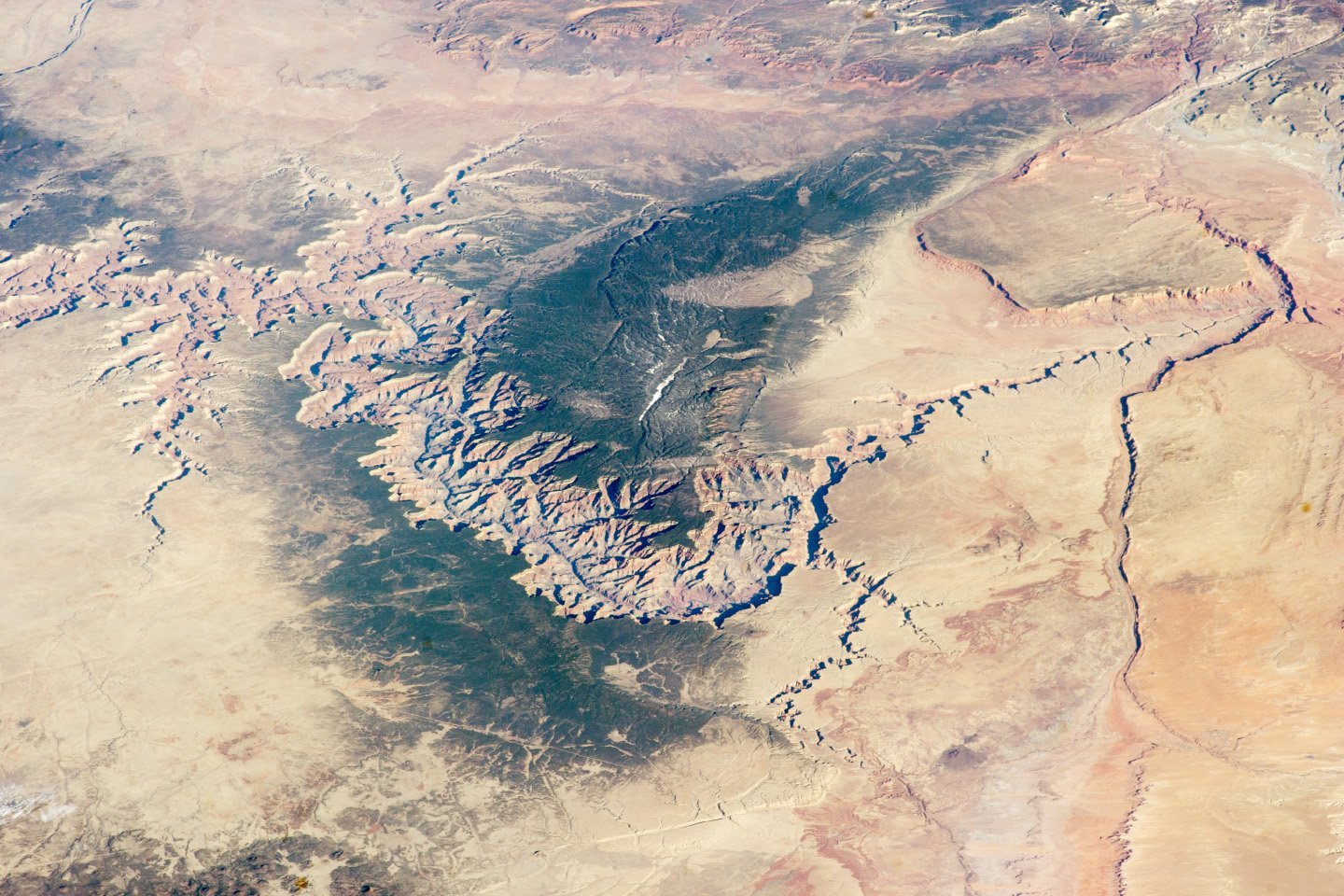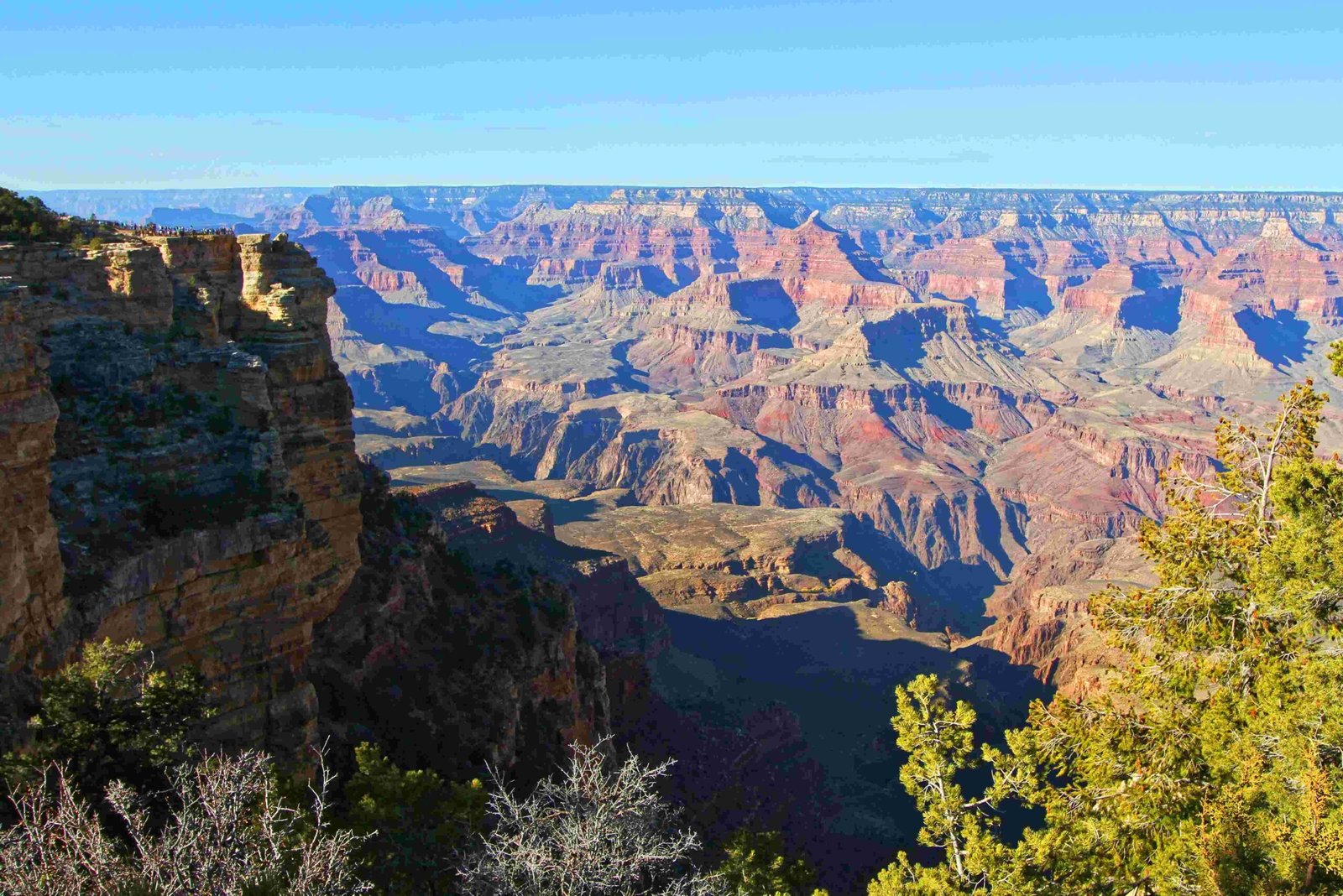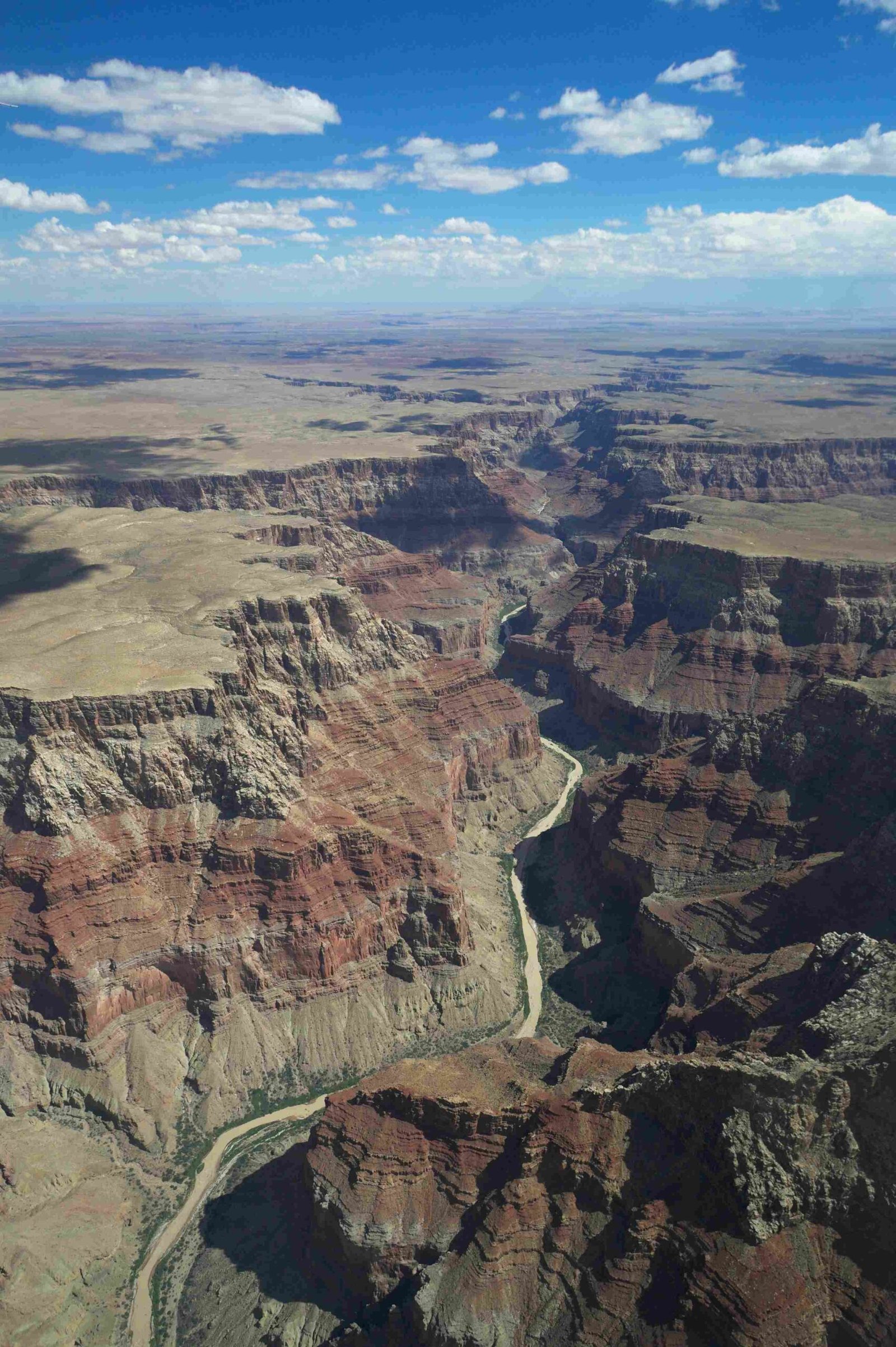Theodore Roosevelt’s protection of the Grand Canyon represents a pivotal moment in American environmental conservation. Through strategic legislative actions and the groundbreaking Antiquities Act of 1906, Roosevelt transformed the Grand Canyon from a potential site of industrial exploitation to a nationally preserved natural landmark, ensuring its scientific, geological, and ecological significance would be protected for future generations.
What Motivated Roosevelt’s Grand Canyon Protection?

Roosevelt’s conservation philosophy emerged from a deep personal connection to wilderness and scientific exploration. As an avid naturalist and outdoorsman, he recognized the Grand Canyon’s extraordinary geological and ecological value far beyond its potential economic resources.
Key Legislative Mechanisms
| Year | Action | Significance |
|---|---|---|
| 1906 | Antiquities Act Signed | Enabled presidential monument declarations |
| 1908 | Grand Canyon Monument Proclamation | Protected 818,560 acres from mining and development |
How Did Roosevelt Use the Antiquities Act?

The Antiquities Act provided Roosevelt unprecedented presidential power to protect significant natural and historical sites. By declaring the Grand Canyon a national monument on January 11, 1908, he:
- Prevented new mining claims
- Preserved 818,560 acres of unique landscape
- Established federal protection for scientific research
- Created a model for future conservation efforts
What Challenges Did Roosevelt Overcome?
Roosevelt faced significant opposition from:
- Mining industry representatives
- Local territorial politicians
- Economic development advocates
His determination overcame these challenges through:
– Legal precedent setting
– Public education about conservation
– Strategic use of presidential authority
What Were the Long-Term Impacts?
Roosevelt’s actions created a lasting conservation framework that:
– Transformed national land management approaches
– Inspired future environmental protection policies
– Preserved the Grand Canyon’s geological record
– Established a model for national monument creation
Scientific and Ecological Significance
The Grand Canyon’s protection ensured:
– Uninterrupted geological research
– Preservation of unique ecosystem
– Protection of indigenous cultural landscapes
– Maintenance of biodiversity
What Made Roosevelt’s Approach Unique?
Unlike previous approaches to land management, Roosevelt viewed conservation as:
– A scientific imperative
– A national responsibility
– A legacy for future generations
His holistic perspective recognized that natural wonders like the Grand Canyon represented more than economic resources—they were irreplaceable national treasures.
Conclusion: A Presidential Vision
Theodore Roosevelt’s protection of the Grand Canyon transcended immediate political considerations. By leveraging the Antiquities Act, he created a permanent safeguard for one of America’s most remarkable natural landscapes.

